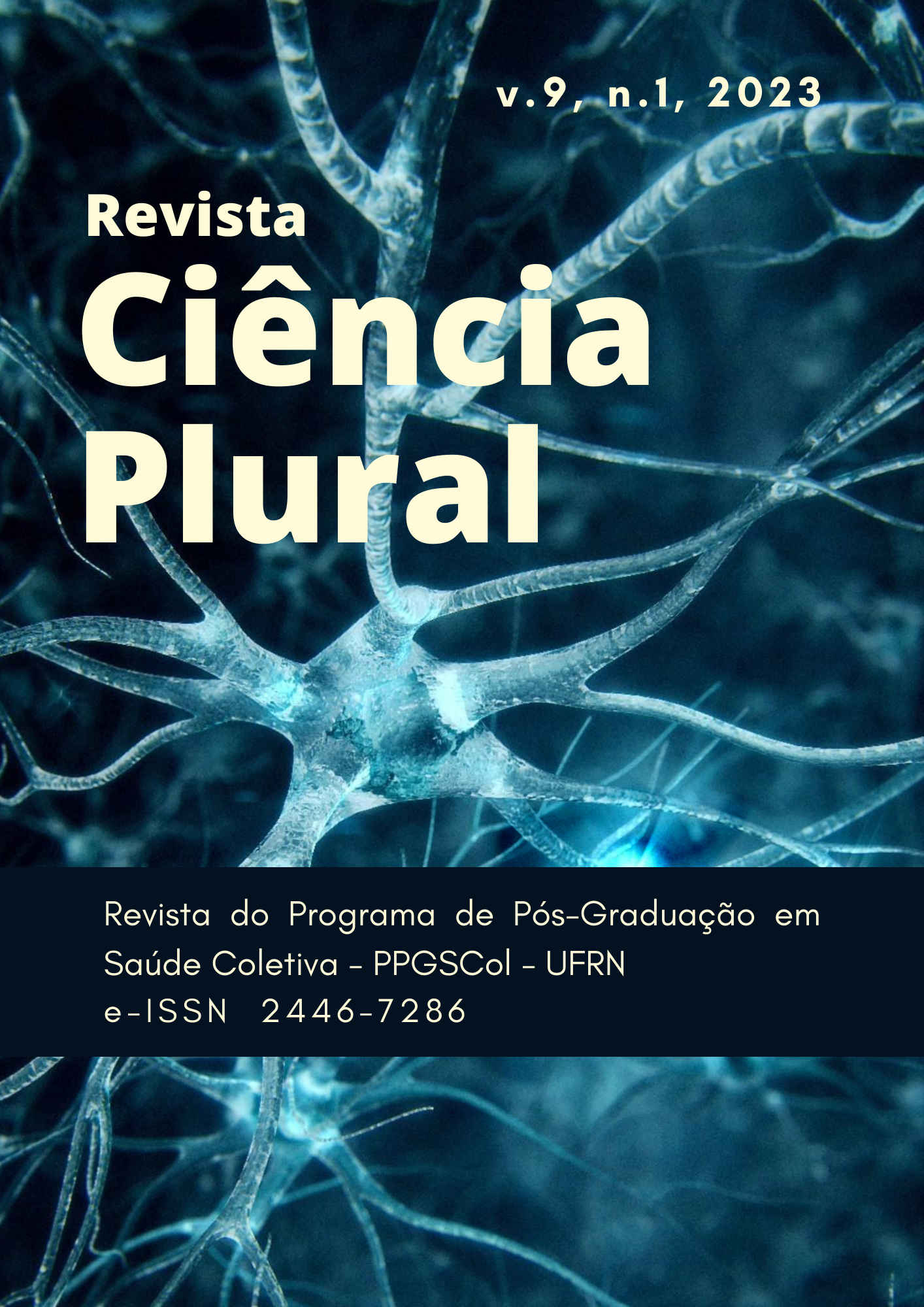CLINICAL-EPIDEMIOLOGICAL PROFILE OF PEDIATRIC ONCOLOGICAL PATIENTS AT A CENTER OF ONCOHEMATOLOGY IN PERNAMBUCO
DOI:
https://doi.org/10.21680/2446-7286.2023v9n1ID27811Abstract
Introduction: Childhood cancer corresponds to a group of several diseases that have in common the uncontrolled proliferation of abnormal cells and that can occur anywhere in the body. Neoplasms that affect children and adolescents should be studied separately, as they differ from tumors that affect adults. Objective: Identify the most frequent types of neoplasms in childhood and adolescence and analyze the clinical-epidemiological profile of patients. Methodology: Exploratory cross-sectional study, applied in nature with document analysis, carried out at the Pediatric Oncohematology Center of the Oswaldo Cruz University Hospital (CEONHPE-HUOC). Children and adolescents diagnosed with neoplasia and treated with antineoplastic therapy were included. Exclusion criteria were normoreactive children and adolescents and/or with systemic diseases; illegible medical records or lacking clinical information. Results: It was identified that 54.21% of the patients were female, followed by 44.86% male and only 0.93% did not respond or were not identified. The prevalent age group in the study was children from 5 to 14 years old (54.21%), still regarding the profile of the patients, it was identified that the population self-declared as black was the most prevalent, representing 44.86% of the total, followed by of whites with 43.93%. The diagnosis that prevailed was Acute Lymphoid Leukemia (ALL) (23.36%), followed by Retinoblastoma (7.48%) and Embryonic Rhabdomyosarcoma (6.54%), and consequently the site of the primary neoplasm that prevailed was Bone marrow (27.10%) followed by the eye (10.28%), of this total it is noted that the most used anticancer treatment was chemotherapy (40.19%) followed by chemotherapy associated with radiotherapy (12.15% ) and chemotherapy associated with surgery (10.28%). Conclusions: Acute lymphoblastic leukemia was the most frequent neoplasm in childhood and adolescence, with a prevalence between 5 and 14 years of age, in females and in black ethnicity. The most used antineoplastic therapy was chemotherapy, followed by the association between chemotherapy and radiotherapy.
Downloads
Downloads
Published
How to Cite
Issue
Section
License
Copyright (c) 2023 Revista Ciência Plural

This work is licensed under a Creative Commons Attribution-NonCommercial-ShareAlike 4.0 International License.
À Revista Ciência Plural ficam reservados os direitos autorais referente a todos os artigos publicados.

 Português (Brasil)
Português (Brasil) English
English Español (España)
Español (España)













